The Promise Data Map
Part of: Doing data differently
To #KeepThePromise, Scotland needs to Do Data Differently.
Scotland has lots of data about things that directly and indirectly impact children and their families.
However, right now, there isn’t a shared understanding or way of finding out:
- what information is captured,
- how it’s used or shared, or
- who uses it.
To help change this, The Promise Scotland is creating a data map to help navigate the data Scotland holds.
What is The Promise Data Map?
The Promise Data Map shows Scotland
how well it can tell you what matters
and what it may still need to know to #KeepThePromise.

The Promise Data Map is an ongoing project
The Promise Data Map is an ongoing project to create a tool for organisations and individuals.
It will be a tool to help Scotland:
- Understand what data sources exist and how they are currently linked.
- Identify and understand information gaps.
- Support people to make better use of what is already there.
And it will allow them to understand what data is currently collected about issues which directly and indirectly impact:
- children,
- young people, and
- their families.
Information about this data will exist within a database, and this will be linked to a website. The website will allow the public to:
Visualise datasets in different ways
For example, it will let people see information about the datasets particular organisations collect, or the datasets collected in a particular local authority.
Find out about the attributes of a dataset
For example, it will let people see:
- how often data is collected for a dataset,
- what age range a dataset covers,
- whether a dataset has any common identifiers, such as National Insurance numbers.
Find out about what systems are being used
Organisations across Scotland use systems to store their data, such as CareFirst and Seemis. The website will show people which systems are being used.
Eventually, to start understanding how datasets fit together
Eventually, the website will show:
- where data flows from one dataset into another, and
- where different datasets are linked together.
It should also highlight places where linkages and flows aren’t happening.
The Promise Data Map is about:
Mapping Scotland’s datasets— and not the data within them
The Promise Data Map contains information about datasets— but not the data that’s held in them.
That means that it won’t be able to answer questions based on the data itself.
For example, it won’t be able to tell you how many care-experienced pupils were excluded in a particular year.
Helping organisations know more about datasets— not asking for them to make more
The Promise Data Map isn’t intended to be either:
- a new outcomes framework to report to, or
- an ask for the creation of new datasets.
Constantly building on what we know
The Promise Data Map will never be 100% complete.
But it will become more detailed over time, as:
- understanding increases,
- data sources change and improve, and
- data linkages change and improve.
How will The Promise Data Map support people and organisations?
The Promise Data Map will support people and organisations across Scotland by:
- helping them use existing data better, through reducing data duplication and unnecessary data collection.
- uncovering barriers to improvement.
- uncovering opportunities for improvement.
- helping them explore implications for money, accountability and practice.
- assessing the degree to which data can currently support Scotland to #KeepThePromise, and assessing how this can improve.
What’s happened so far with The Promise Data Map?
The Promise Data Map project began in May 2021, using the Impact Collaboration Methodology of the Data for Children Collaborative with UNICEF (DfCC).
The project is multi-phase, and currently at phase three. Further updates will be posted here as the project progresses.
Phase one: Exploration
In August 2021, a multi-disciplinary team began work on the project's first phase.
This phase aimed to understand:
- the problem that needed to be solved, and
- the best method by which to solve it.
The team for the Exploration phase was facilitated by DfCC, and made up of people from:
- the Fraser of Allander Institute,
- Wallscope,
- CELCIS,
- South Ayrshire Health and Social Care Partnership ,
- Indiana Tech, and
- The Promise Scotland.
The final report from this phase explains:
- how its work was carried out, and
- key findings.
Phase two: Development
The second phase began in August 2022. It was led by Wallscope and The Promise Scotland, with the support and guidance of the rest of the project team.
This phase built on the findings of first, and involved the:
- development,
- iteration,
- testing, and
- creation
of software for the online tool, to make sure that it:
- could capture a wide range of information. Organisations across Scotland hold several types of data, and this tool must be able to capture them all. It also needs to allow users to visualise and navigate through captured information.
- could support collaborative working and a shared understanding of the project's aims.
- could remain a live and dynamic tool, which responds to shifts and improvements in the data landscape.
- could be user-friendly. It should take as little work as possible to contribute to The Promise Data Map.
- could be useful in helping organisations improve and better understand their own data.
Phase three: User testing
With phase two complete, the data map now exists in its minimum viable form.
However, it needs further development to:
- increase its user-friendliness, and
- increase its functionality.
Front-end features need to be designed and built so that data can be navigated and visualised.
Phase three will involve testing and developing these, through working with a small group of stakeholders representing different parts of the sector.
Developing questions around what matters to children and families
Asking questions about what matters to children and families are at the heart of what the Data Map project is about.
Work to create meaningful questions which are linked to data has been ongoing through the last year.
They're rooted directly in what the Independent Care Review heard from children and families. The questions are meant to support organisations see how much their data currently supports – or hinders – work to keep the promise.
Future phases
Future phases of the project will include:
Roll-out
This phase will involve the wider roll-out and population of The Promise Data Map.
Thematic questions
The Independent Care Review heard from care-experienced children and families about the things that mattered to them.
This phase will turn what they said into thematic questions, and integrate these with The Promise Data Map.
The questions will help Scotland understand whether the current data landscape can:
- answer the questions that matter to children and families, and
- provide the information needed to know whether Scotland is keeping the promise.










